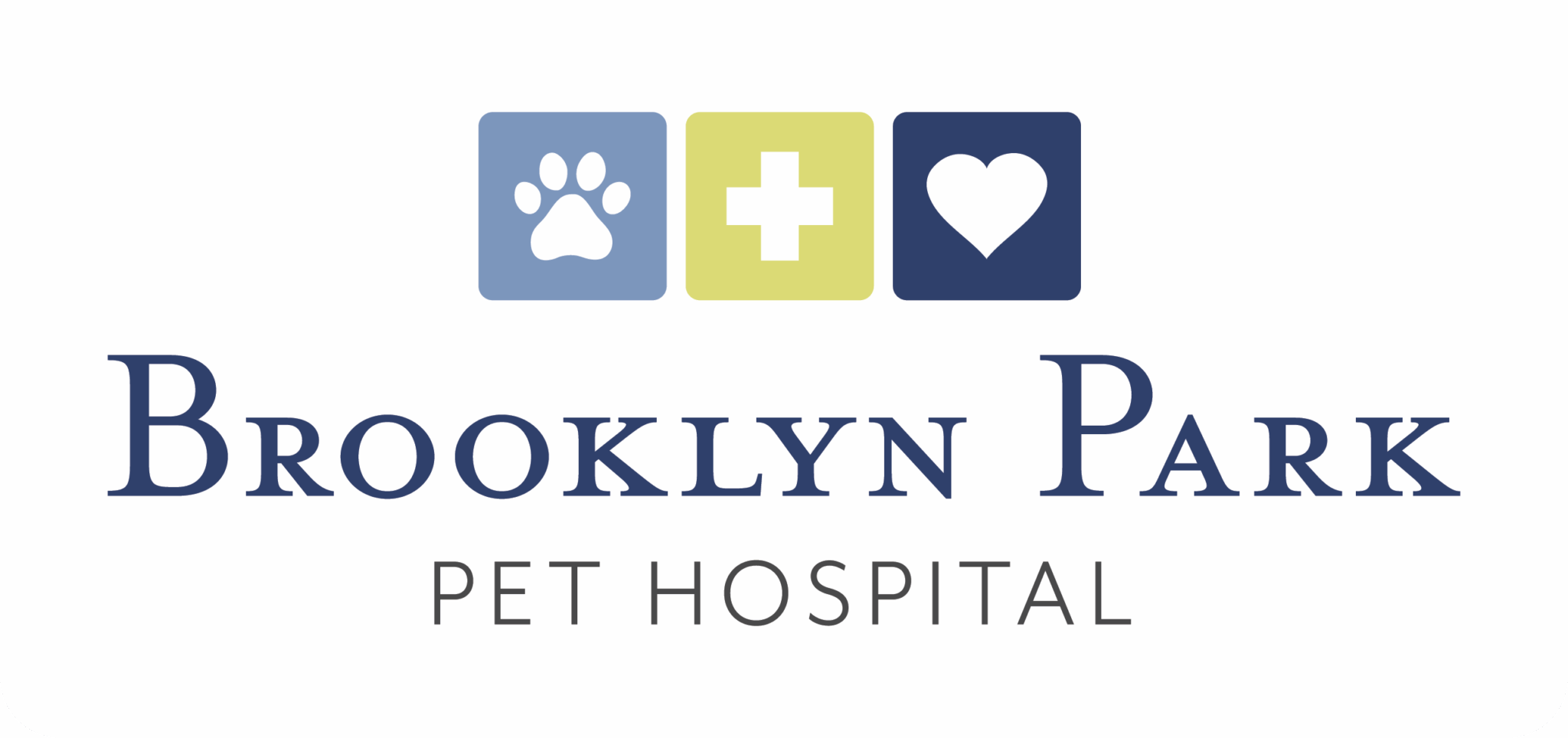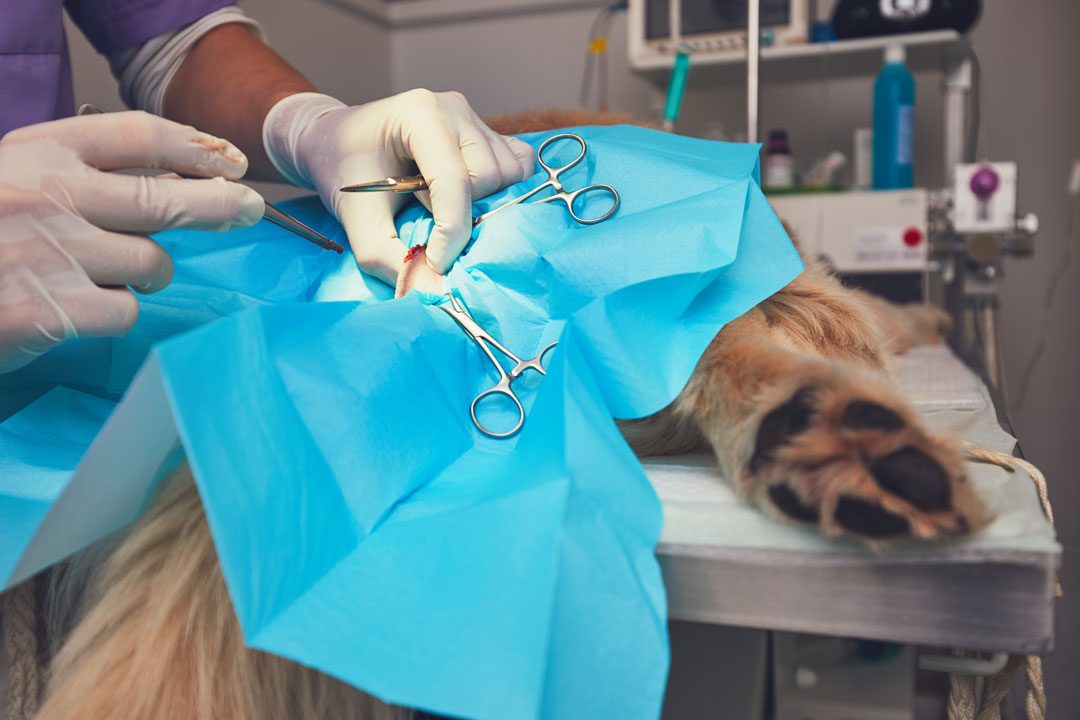Personalized Care Every Step of the Way
Surgery is never just a procedure—it’s part of a broader care plan. Our team works closely with you before, during, and after surgery to make sure your pet stays as comfortable as possible. We’ll explain what to expect, go over any pre-op or post-op instructions, and follow up after your pet’s procedure to ensure everything is going smoothly.
To schedule your pet’s surgical consultation, call (763) 566-6000 or request an appointment online.

